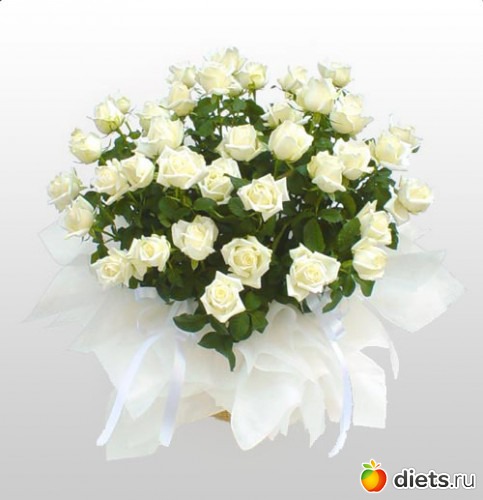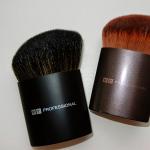How to choose the right shoes.
Shoes, like the basic wardrobe, should be selected taking into account the proportions of the figure, the length of the legs, the thickness of the ankles, the size of the feet, and finally, your age. 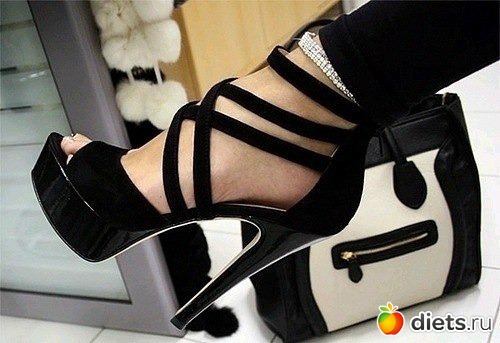
Rules for choosing shoes
Rule 1. Any open shoes, in particular beach shoes: sandals, flip-flops, pantalettes, clogs, sandals, etc. incompatible with knee socks, tights, stockings, socks. Open shoes should not be chosen for work and business meetings - only for leisure. At the same time, wear closed shoes only with elastic thin tights or stockings. Socks are allowed only on the condition that no one will guess that you are wearing them. Of course, modern fashion allows for a lot, but everything should have its place and time.
Rule 2. Only those with thin legs and thin ankles can safely afford to wear high (more than 7 cm) unstable stilettos, boots with narrow tops, and shoes with thin straps. In all other cases, such shoes will make your feet even heavier.
Rule 3. Bright multi-colored patent leather shoes, shoes with massive wedges, rough soldier boots, thigh-high boots, sports sneakers with a skirt are reserved for the young representatives of the fair sex.
Rule 4. Only women with long legs can afford to choose shoes with cross straps or shaped lines, high boots, tightly closed shoes, contrasting combinations of shoes and tights, since their leg proportions will not be greatly affected by this.
Rule 5. If you have large feet, then choosing a glass heel, shoes without heels, shoes with longitudinal lines, narrow pointed shoes will clearly not be in your favor.
Rule 6. High heels look impressive only in combination with a light, flying gait, that is, when you know how to walk in heels or are walking close and not for long: a romantic date, a gala reception, a theater!
Rule 7. Buy shoes according to your foot size, or a size larger, but never smaller. Shoes chosen that are not the right size will quickly lose their grace and shape when they begin to cover all the calluses and unevenness of your feet. And your feet are constantly freezing in tight winter boots. The size of the shoes should be such that the toes are completely straightened, the load is distributed evenly over the entire arch of the foot, and the shoes do not fall off the feet while walking.
How to choose the right shoes
Rule 8. Special, narrowly targeted sports sneakers should be chosen only if you are seriously planning to engage in any kind of sport; in all other cases, a wide range of sneakers will suit you. Be wary of buying specialized sports shoes, as the qualities of sneakers that are necessary in one sport can become a danger when playing in the same sneakers in another sport.
Rule 9. A careful approach to the correct choice of shoes should always be, even when choosing house slippers. Of course, slippers bought in a good store are 4-5 times more expensive than those bought at the market or in a passage, but your feet will immediately notice a significant difference, especially after a hard day. In addition, good slippers, like any properly chosen shoes, will last much longer and will look attractive longer.
Rule 10. Never sacrifice the comfort of your shoes to their beauty and fashion. Spend a little more time and find for yourself the optimal combination of a comfortable last and external shoe finish. Remember - uncomfortable shoes look good only on the shelf in the store, and not on your feet after several hours of walking. 
Functionality.
Of all types of women's shoes, the most in demand are classic shoes. With a heel height of up to 3-4 cm, they are comfortable when walking and can be combined with most of the most popular clothing styles. The shape of such models may vary depending on fashion. Shoes under trousers look more stylish if the foot is covered. Therefore, it is better to choose shoes with a high tongue for trousers. 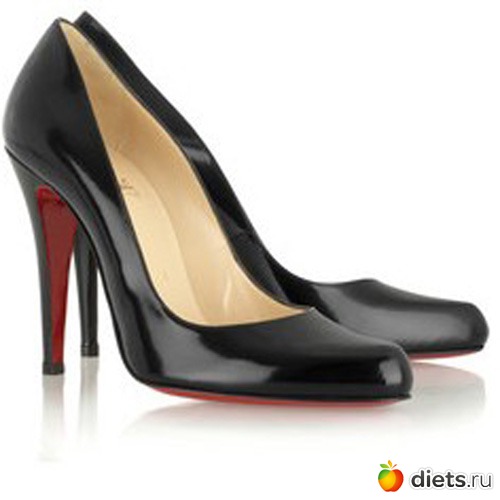
Shoes with open heel. These shoes are for you if you have beautiful legs, especially calves and ankles. Since the heels will be open, make sure that their condition and appearance do not cause any complaints. Open-toe shoes look most modern with an open or pointed toe and thin heel. 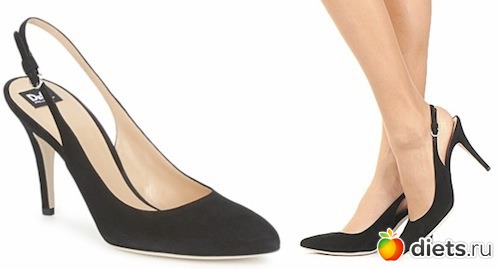
Thin heel It goes in and out of fashion. It has long been a part of high style, so these shoes are best worn with the most fashionable clothes. Classic cut clothes don't go well with these shoe models.
Low heel. There are two types of low-heeled shoes: the first is the moccasin type with a heel of about 0.5 cm and the second is with a higher heel, up to 1.5-2 cm. Many women (especially those who are not too tall) prefer the second type. Shoes with such heels are extremely comfortable for the feet, and they go well with both trousers and skirts.
High heel. Many women wear high-heeled shoes not only in the evening, but also during the day, to work. Even if the heel is higher than that of classic shoes, but if it doesn’t drive you crazy or if you have replacement shoes at work, why not? Otherwise, you will have to give up high heels. 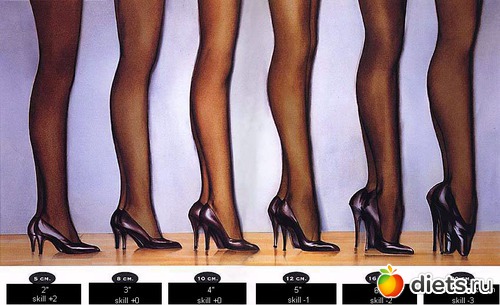
Straps and buckles. If you can't show off your legs, choose the most open shoes, without any straps that attract attention. 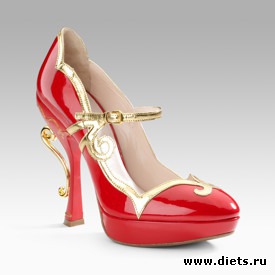
Wide heel makes the leg visually slimmer. Therefore, it is well suited for women with full legs. For the summer it is very convenient to buy a pair of light brown sandals. They go well with most wardrobe items and are much more practical than white or cream. If you can afford one pair of shoes, buy black ones. 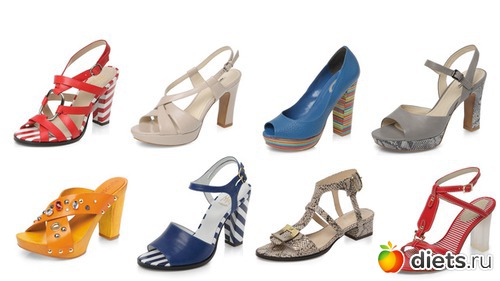
Review of types of women's shoes
1)Light sports shoes or sneakers is in the wardrobe of every self-respecting woman. Playing sports is the norm of life. However, frequent wearing of these shoes can cause problems: the foot becomes wider, the toes no longer lie tightly together. Young girls are generally not recommended to abuse this type of shoe. 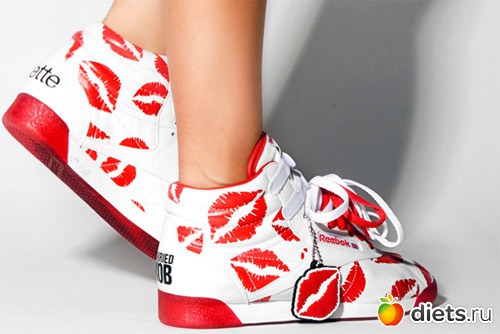
2)Boots and short boots They always look great with trousers, but with almost nothing else, except perhaps with long skirts, but even here it all depends on fashion. 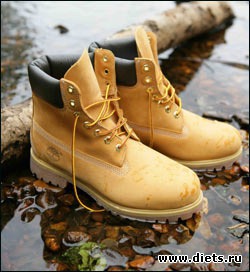
3) Classic boots. Boots should not fit tightly to the foot. A distance of several millimeters is desirable between the foot and the walls of the boots. When choosing boots, especially winter ones, try them on with a cotton sock.
4) Stocking boots. Of course, almost any elegant city young lady, with slender legs and thin calves, will want to buy high boots. Suede boots - for going out, leather and without heels - for everyday wear and patent leather stocking boots - for a special occasion. It is always beautiful and slims a woman's leg. For such boots, skirts that suit your figure and breeches are suitable. These boots are designed to highlight beautiful, slender legs. Do not wear stocking boots with jeans and trousers, which can hide the beauty of these shoes.
5) Over the knee boots. These are shoes for brave women. It is impossible to show the boots in all their glory without exposing your legs well above the knees! Not every fashionista has such courage, although the idea of emphasizing beautiful legs and visually making them even longer has probably occurred to each of us. 
6)Western style boots. Cowboy boots are autumn and winter boots with long tops rounded at the knee area, made of genuine leather, with straps and a buckle. In Europe they are called camperos, and Cossacks - only in Russia, and these shoes have nothing to do with the Cossack military uniform. Cowboy boots come with a round or pointed toe and a slanted heel. Often boots are made from bovine, and sometimes crocodile and python skin. Fabric boots with patterns and embroidery look no less impressive. Cossacks look most impressive with skinny or straight jeans, as well as suede trousers. Designers recommend wearing them with shirts or lace blouses. 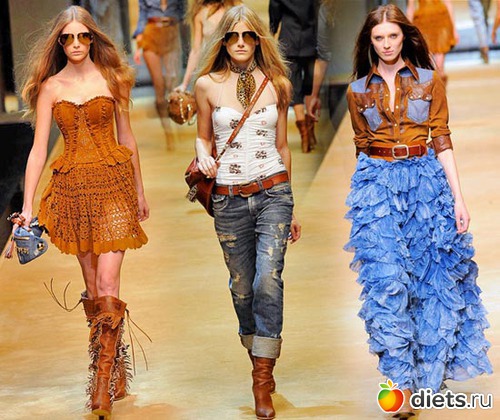
7) Ankle boots- This is a kind of transitional option between shoes and boots. These shoes are feminine and elegant. It involves an equally sophisticated addition in the form of stylish accessories and expensive toiletries. We wear ankle boots with pencil skirts, thick dark tights, and leggings. And if you wear them with matching tight trousers, any model will envy the length of your legs. However, ankle boots are very tricky shoes. If you are short, twirl in front of the mirror a little longer. They don't look good on every figure. And, of course, a red light for short skirts. 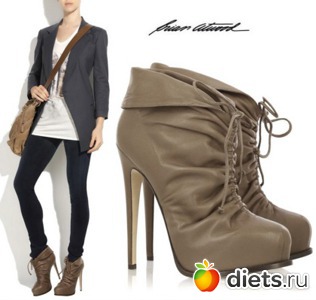
8) Flip-flops- beach option. The most common and relevant type of shoe for summer. In stores today there are a wide variety of slipper options: with sparkles, beads, beads, rhinestones and even diamonds. 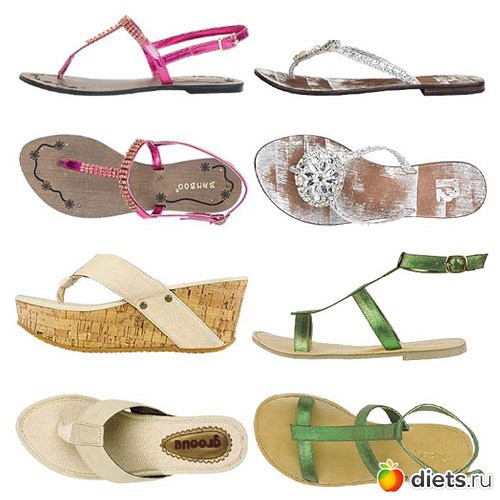
9) Moccasins. If you are a fan of flat-soled shoes, and flip-flops are not your thing at all, then give preference to moccasins. 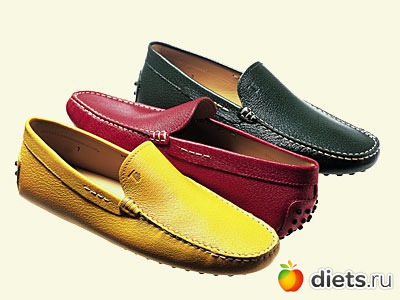
10) Sneakers. Here you need to know when to stop: choose options that look petite and feminine, since sneakers in an urban style can only add an irritating note to your appearance. 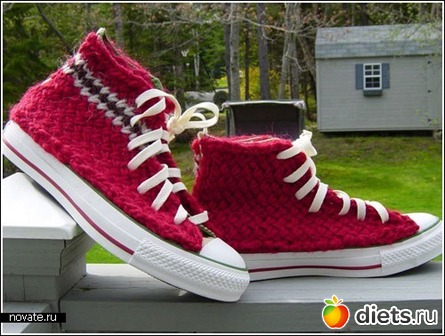
11) Ballet shoes. Chic, fashionable and stylish, ballet flats are the perfect summer shoe. Ballet flats are very comfortable and versatile. Ballet flats can be combined with skinny jeans, miniskirts or breeches. 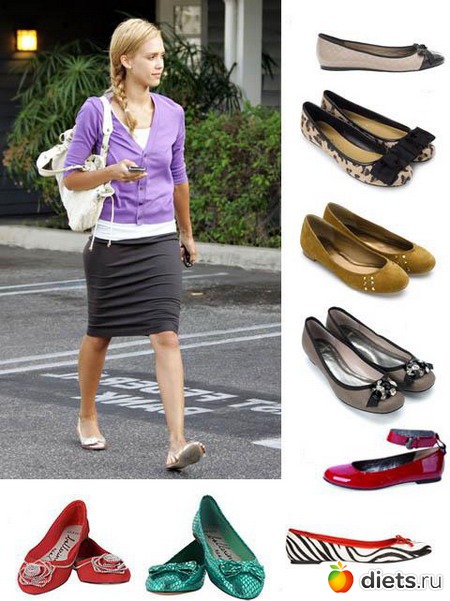
12) Sandals. Choose according to your taste: with straps, ties, covered with fabric, leather, modest or bohemian luxurious. Such shoes must provide a view of well-groomed toes. If your foot doesn't look its best, don't expose it, get a pedicure first, remove calluses and corns. 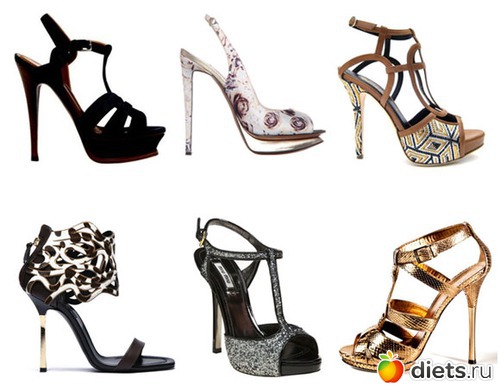
13) Espadrilles considered to be casual shoes. You can find hundreds of varieties of these sandals on sale, which makes the choice much easier. The top of the sandals is made of canvas or cotton; the sole is usually flat, on a rope (or rubber) platform (or wedge). Espadrilles are a proven choice that combine style and comfort (support for the entire foot). The main feature of these sandals is the rope sole (or its imitation). The design of sandals can be varied: with an open or closed toe, with an open or closed heel, with ties at the ankles or with laces. Espadrilles pair beautifully with wrap dresses, peasant-style skirts and capri pants. Fashionistas wear espadrilles with shorts or khakis and a crisp white shirt. Espadrilles can also be worn with long shirts, tunic dresses, mini-tops and a wide belt. 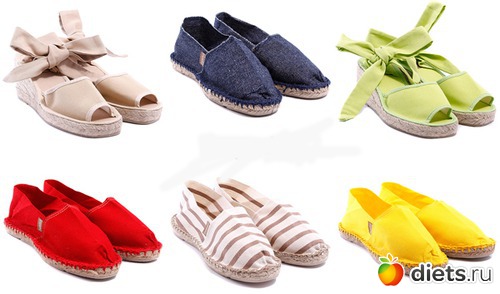
14) Sandals gold and silver colors are very elegant. They can be worn by women of all sizes and shapes and are suitable for most occasions. Choose flat sandals with a simple design - they can be worn every day. Or choose stylish sandals with decorative details for a weekend outfit. 
Choosing shoes for problem feet.
Shoes for full feet. If you have full feet, look for the simplest shoe styles, avoiding either shoes that are too revealing or too closed. For full legs, stiletto heels in combination with weaves of thin straps are not suitable. Do not wear short boots or stilettos; Shoes with a narrow toe and thin stiletto heels are too elegant and will emphasize the massiveness of your legs. Platform shoes are good for full feet; the platform makes you visually taller and slimmer.
Winter shoes for full feet should be high and tight.
Be sure to use a mirror when trying on new shoes, look at them from all sides. Choose the style that is most comfortable for your leg. Remember, the longer the profile of the shoe, the more graceful your foot and ankle will appear. By summer, get platform sandals, which create the effect of a slimmer lower leg.
If short shins and wide feet. Women with short “bottle” shins and wide feet (which is not uncommon in our latitudes) should choose boots with longitudinal locks, slits and straps. This will optically lengthen and narrow the foot, emphasizing its length. Accordingly, cross cuts and cross straps shorten the leg and visually make the foot wider. Light-colored shoes also have the same abilities. The lighter the shoe, the larger the foot appears. The same can be said about too contrasting colors of shoes and stockings: the more they differ from each other, the shorter the legs will appear.
Shoes for thin feet. Don't wear short boots or tall boots if you have thin legs - this style makes thin legs even thinner. Also, stiletto heels are contraindicated for those with thin legs - a high heel makes a very thin leg even thinner.
Wide and narrow feet, as well as wide and narrow ankles sometimes cause a lot of problems. The best option in this case is shoes with laces, which allow you to vary the boot as you wish. Stocking boots perform the same function. Nowadays, shoe manufacturers use various tricks so that you can choose the width of the shoes and the shaft to suit you. 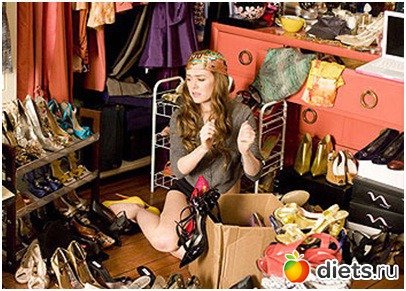
Material
Undoubtedly, the most hygienic and convenient material is Genuine Leather:
Tough and durable is better for winter barren leather (from cattle hides).
Pork the leather is not inferior in quality, but looks worse.
The most expensive, practical and beautiful material - kid(goatskin leather). The high price in this case is completely justified.
A little cheaper opoek(leather from the skins of dairy calfs). It is ideal for summer shoes: it is thin, breathable, but not the most durable leather.
Suede quite expensive, it is made from the highest quality leather. Nubuck much cheaper (leather with raw material defects that will disappear after sanding is also suitable for it), but at the same time it has good hygienic characteristics. Shoes made of suede and nubuck require special care, without which they quickly lose their appearance. In rain and slush, it is better to leave boots or shoes at home; moisture is destructive for suede and nubuck. It is better to wear such shoes in the summer, but in dusty weather you should take a special brush with you, otherwise by the evening you will not recognize your smart shoes.
Tolerates moisture and salt perfectly natural patent leather shoes. However, patent leather shoes do not allow air and moisture to pass through well, so they should not be worn in the summer and absolutely should not be used by people with excessive sweating of their feet. Until early autumn, it is better to limit yourself to fabric shoes and light leather sneakers. It is advisable to use patent leather fashion shoes as a weekend shoe. 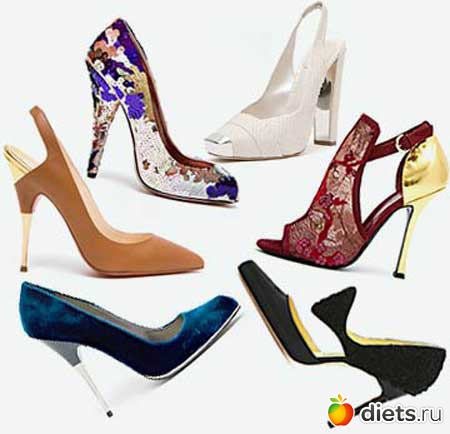
For healthy feet that can tolerate any material, shoes made from leatherette. Do not forget that soft leather shoes stretch by 2-3 mm after ten days of wear, shoes made of leatherette remain the same size. When purchasing leatherette shoes, remember that these shoes are not durable, have temperature restrictions and do not allow air to pass through, which can result in an unpleasant odor. True, products made from high-quality leatherette have one advantage: they do not get wet. Therefore, having a pair of faux leather boots for very wet, rainy weather makes perfect sense.
Synthetic shoes are not always cheaper. Especially if they try to pass it off as leather. Today, the choice of shoes is quite large, and it is quite difficult to distinguish genuine leather from fake leather. Modern fake leather has become so good that sometimes only a specialist can distinguish natural material from artificial one. It is useless to drag a lighter over the leather - high-quality leatherette can withstand this test. The characteristic smell is not an indicator either, since counterfeit manufacturers have long learned to “scent” their products. The easiest way is to look at the skin from the inside out. If the material splits into small hairs when cut, most likely it is genuine leather; if it splits into strings, then it is artificial. True, this method is not a panacea. Often the manufacturer hides all the cuts, or glues the substitute with the wrong side of natural leather. In products made from genuine leather, the seams are rarely hidden inside; more often they are external, so the cut is clearly visible to the buyer.
Rubber shoes should not be worn daily. Be sure to wear wool socks on your feet and put a leather insole in them. 
Sole
There are several ways to attach the sole: glue, casting, stitching. The last method is the most reliable, but not the best for shoes for autumn. Through the holes left by the needle, water penetrates faster into the shoes. Therefore, it is worth buying “stitched” shoes if the sole is thick enough. The adhesive method of attaching the sole for wearing in wet weather is more suitable. But when choosing such shoes, you should carefully look to see if there are any traces of glue in the places where they are attached. If there is, it means the product was made carelessly. The most common shoes today are glued ones, often with imitation stitching. High-quality shoes should not leave marks on your hands, even if you rub them. Take a closer look at the heel, especially if it is high, to see if it goes back or forward.
Men, just like women, should buy different shoes for work, leisure and sports. Office employees, regardless of gender, must have at least three or five pairs of casual shoes: low shoes and moccasins for men, low shoes and shoes for women. 
Fitting
Trying on shoes: When trying on shoes, do not forget about one main rule: if you buy shoes in a store, you need to do this in the afternoon, when your feet are swollen. Moreover, always try on shoes with nylon socks. On the other hand, when buying shoes in an online store, in order to choose one single pair from a huge assortment of designer, dressy and casual shoes, low- and high-heeled shoes, you only need to make one click with the mouse. In this case, the main thing is not to make a mistake with the size. 